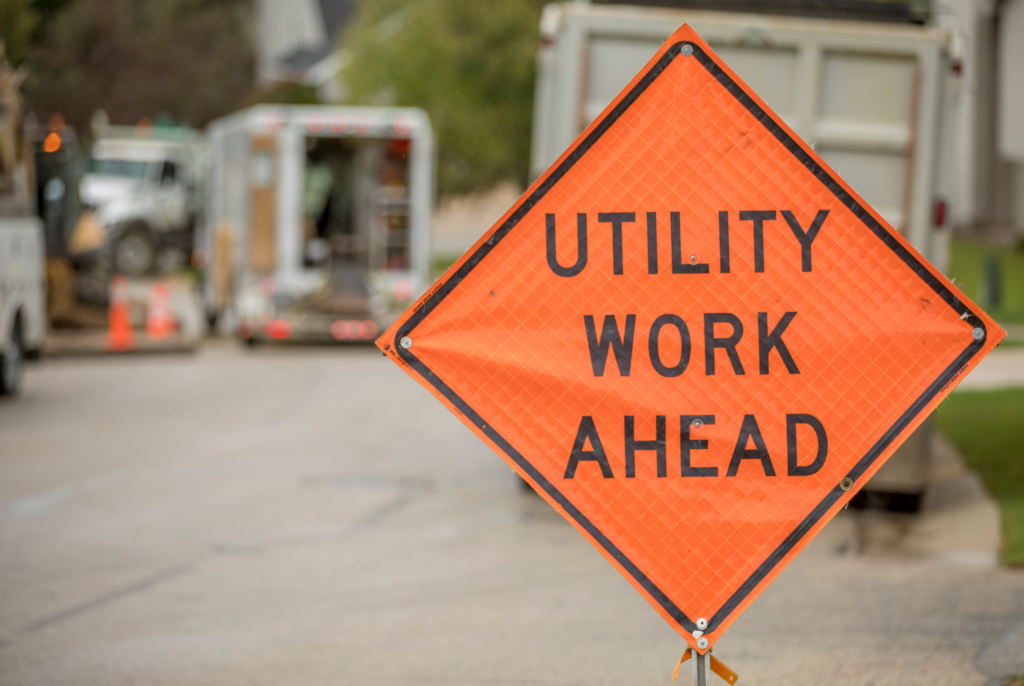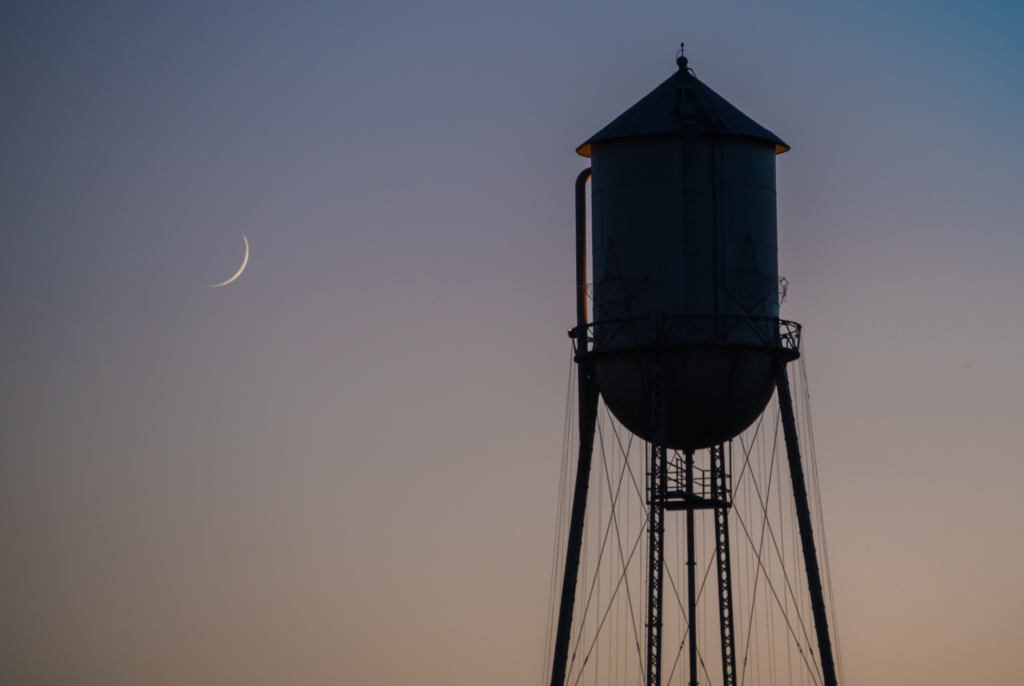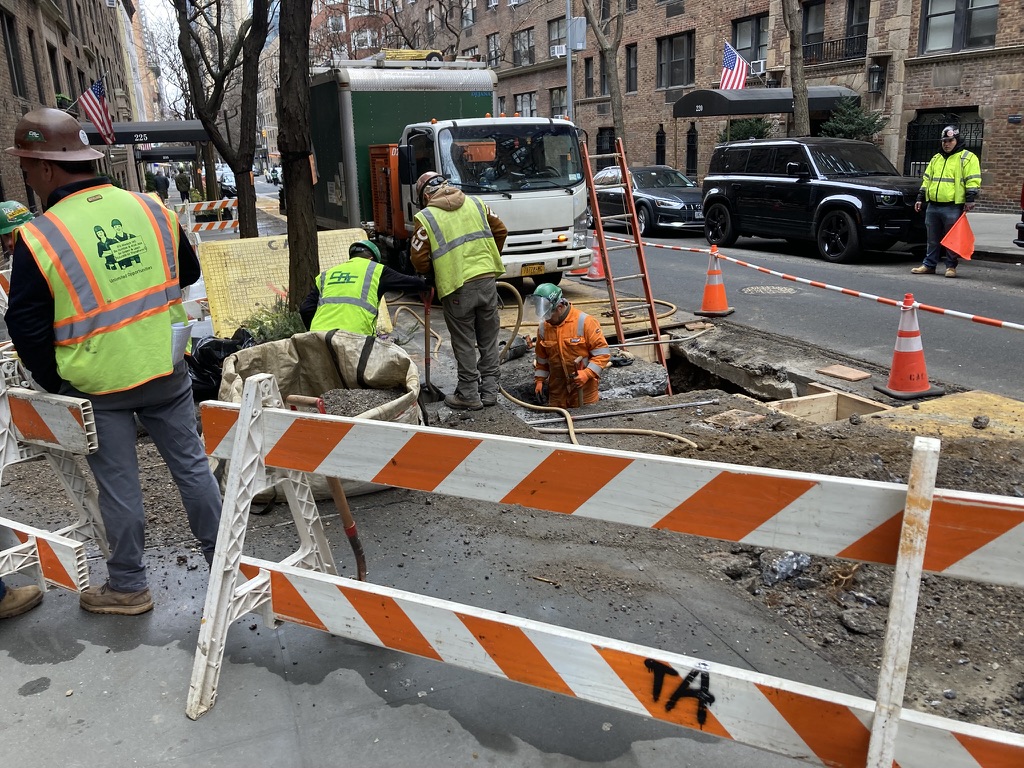A federal regulation published by the U.S. Environmental Protection Agency (EPA) in 1991 to control lead and copper levels in drinking water. The LCR established a maximum contaminant level goal (MCLG) of zero for lead in drinking water and implemented treatment techniques aimed at reducing corrosion of lead and copper within water distribution systems. The rule has since undergone several revisions, including minor updates in 2004 and short-term changes in 2007, before the 2021 Lead and Copper Rule Revisions (LCRR).
Related Content


